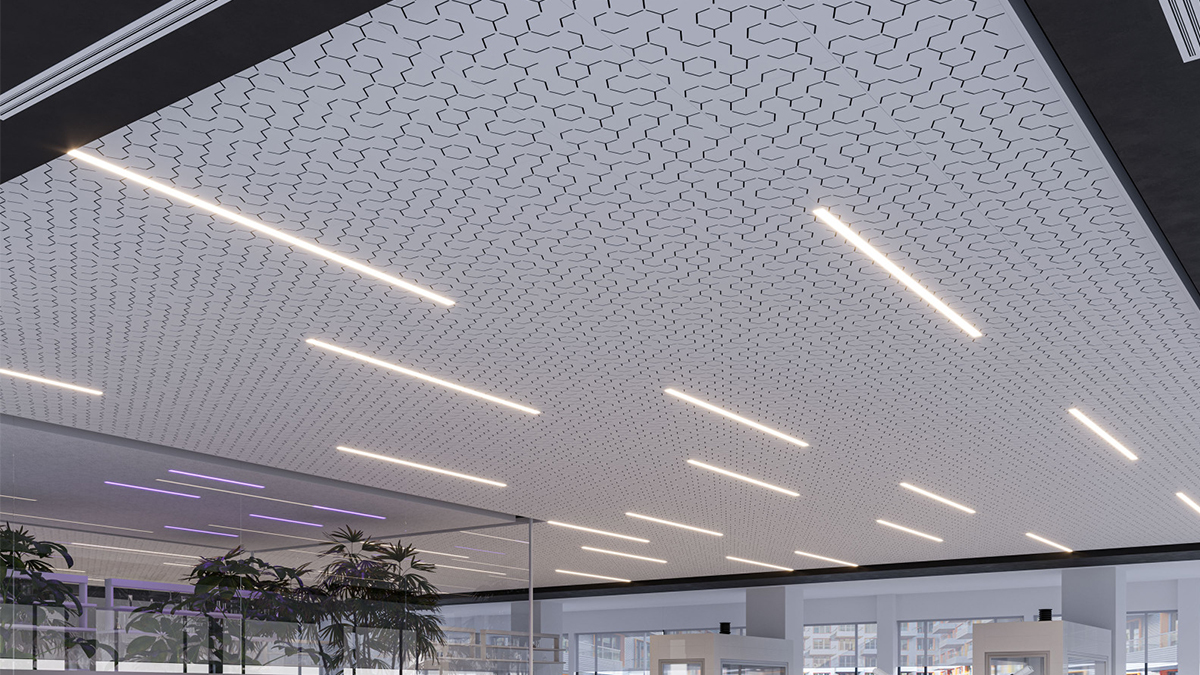
30 Oct Guide to Using Anodized Aluminium Composite Panels in Modern Architecture
Table of Contents
You can see anodized aluminium composite panel in many new buildings. These panels are strong and light. They are a good choice for building design. They are also good for the environment. This makes them popular in buildings that save energy. Many builders pick aluminium composite panels. They help lower energy bills. They give good insulation. They also make buildings lighter.
They help make green buildings.
They follow rules like LEED.
They are known for being sustainable.
When you use these panels, your design looks nice and works well.
Key Takeaways
Anodized aluminium composite panels are tough and light. They are good for the environment. This makes them great for new buildings. These panels keep heat and cold out. This helps save money on energy bills. It also makes rooms more comfortable. The anodizing process makes the panels last longer. It stops scratches and rust. This means you do not need to fix them often. The panels come in many colors and finishes. This lets designers make cool and different buildings. Picking the right supplier is important. Using the best way to install them is also important. This helps the panels work well and look nice for a long time.
What Is an Anodized Aluminium Composite Panel?
Definition
You can spot composite panels on lots of new buildings. An anodized aluminium composite panel is a building material. It is made by joining thin sheets of anodized aluminum to a core. The core is usually plastic or mineral. This makes a panel that is strong and light. You can use these panels in many parts of a building. They work for inside and outside walls. If you pick aluminium composite panels, you get something that looks nice and lasts long.
Anodizing Process
The anodizing process makes the panels stronger and better looking. Here is how it works:
First, the aluminum pieces get cleaned very well.
Next, the surface is made smooth by polishing or sanding.
If needed, some parts are covered so they do not get anodized.
The aluminum goes into a special liquid, usually sulfuric acid.
An electric current runs through the liquid. This makes a thick oxide layer on the aluminum.
The anodized layer is sealed to keep it safe.
The anodizing process gives the panels a hard and tough finish. This finish stops scratches and rust. You can also add color to the anodized layer to get different looks.
Key Features
Panels with an anodized finish have many good points. The oxide layer from anodizing keeps the shiny look of aluminum. It also makes the panels strong against damage and weather. The anodized layer does not peel or bubble like paint. You can pick from many colors, but the panels still look shiny. These things make aluminium composite panels a smart pick for new buildings.
Feature | Benefit for You |
|---|---|
Hard surface | Stops scratches and dents |
Color options | Fits your design ideas |
No peeling or blistering | Looks new for a long time |
Lightweight | Simple to carry and put in |
When you use composite panels, you get beauty, strength, and easy care. This is why many architects and builders use aluminium composite panels in their work.
Benefits of Aluminium Composite Panels
 Durability
Durability
If you pick acp cladding, your building will be strong. These metal composite panels last a long time. They do not bend or break when the weather changes. The panels can handle rain, wind, and hot sun. The anodized aluminium composite panel has a tough surface. It helps stop scratches and dents. You do not need to worry about rust or corrosion. This means you do not have to fix them often. Here are some reasons why acp cladding is tough:
Metal composite panels can take very hot or cold weather.
They keep their shape and strength for many years.
The panels do not get ruined by water or dirty air.
You save time and money because you do not fix them much.
Aesthetics
You want your building to look nice and special. Acp cladding gives you lots of design choices. Metal composite panels come in many colors and finishes. You can pick a shiny look or one that looks like stone or wood. Architects like aluminum composite panel because it can be cut into cool shapes. You can use composite panels inside or outside the building. This makes your project look new and different.
Acp cladding lets you make bold shapes and patterns.
Metal composite panels help your building fit in with its area.
You can use composite panels to add style to your design.
The panels are light, so you can put them up easily.
Tip: Try using different finishes of acp cladding to make your building stand out.
Sustainability
Sustainability is important for every building. When you use acp cladding, you help the earth. Metal composite panels use less material than solid metal sheets. This means there is less waste. The panels also help keep your building cool or warm. You use less energy this way. Here is a table that shows how composite panels compare to other materials for the environment:
Material Type | Environmental Impact | Dominant Phase |
|---|---|---|
Aluminium | More harmful | Use phase |
CFRP Composites | Less harmful | Use phase |
You can see that aluminum composite panels help lower your building’s carbon footprint. Metal composite panels make less waste, save energy, and last longer. When you pick composite panels for cladding, you help your project and the planet.
Applications in Modern Architecture
 Facades and Cladding
Facades and Cladding
Anodized aluminium composite panel is used on many building fronts. These panels make the outside of buildings strong and nice to look at. You can use them for ventilated rainscreen facades. These help keep buildings cool and dry. Many architects pick aluminium composite panels for business buildings. They look modern and last a long time. The panels are good for outside parts of new buildings. You can bend them into cool shapes. This makes your design stand out.
Description | |
|---|---|
Exterior Cladding | Light and tough panels that make buildings look better. |
Signage | Panels that work well for making eye-catching signs. |
Architectural Facades | Good-looking panels that help with modern building styles. |
Tip: Use facade cladding in different colors and finishes. This will help your building get noticed.
Soffits and Ceilings
Aluminium composite panels work for soffits and ceilings too. These panels cover spaces under roofs and overhangs. They keep buildings safe from weather and give a neat look. You can choose panels that fit your style. The panels are light, so putting them up is easy. They also give good insulation, which helps save energy. Many new buildings use these panels for ceilings inside and outside.
3D Shapes and Signage
You can bend anodized aluminium composite panel into 3D shapes. This is great for creative building designs. Some buildings use curved panels for special looks. For example, the Distillery District in Toronto used curved panels to help air quality. The FECHAC building used triangle shapes to make the outside change color in sunlight. You can also use these panels for signs. They help you make signs that last and look good.
One Palliser Square in Calgary used panels to cut cooling costs by 28%.
Telus Garden in Vancouver used green cladding to get LEED Platinum.
ByWard Market in Ottawa used panels with holes to bring more birds, up by 15%.
Note: Anodized aluminium composite panel works for both useful and pretty building needs. This helps you reach your design goals and make buildings better for the earth.
Choosing Aluminum Composite Panels
Picking the right aluminum composite panels is very important. You should think about finish, color, thickness, size, and who sells them. Each choice changes how your building looks and works. It also affects how long it will last.
Finish and Color
There are many finishes and colors you can choose from. The finish changes how the panel feels and looks. Some finishes are shiny. Others are flat or rough. The color you pick can make your building look bright, warm, or bold.
Light finishes make rooms look bigger and brighter. These are good for offices and stores.
Brown or beige colors make spaces feel warm. These work well in hotels and homes.
Custom colors let you show your brand. You can match your company’s logo or style.
Think about what is around your building. Pick colors that look good with other buildings and nature. Some cities have rules about colors. Always check the rules before you choose.
Look at what is near your building.
Think about your company’s colors.
Check if there are any color rules in your city.
The color you pick can change how much energy you use. Light colors bounce sunlight away. This keeps buildings cooler in hot places. It can help you save money on air conditioning. Dark colors soak up heat. This helps keep buildings warmer in cold places.
Thickness and Size
How thick and big your panels are is important. You need to pick the right thickness for your job.
Thick panels, like 4mm or 6mm, are very strong. Use these for outside walls or windy places.
Thin panels, like 3mm, are lighter. These are good for signs or inside walls.
Big panels help you make smooth, modern designs. Small panels are easier to move and put up.
Application Type | Recommended Thickness |
|---|---|
Exterior Curtain Walls | 4mm or more |
Interior Decoration | 3mm |
Signage | 3mm |
You can use different sizes and thicknesses for different jobs. This helps you get the look and strength you want.
Supplier Selection
Picking a good supplier is just as important as picking the right panel. A good supplier gives you strong panels and helps you when you need it.
Criteria | Description |
|---|---|
Quality and Durability | Test for thickness, brittleness, and colorfastness to make sure panels last. |
Brand Reputation | Pick brands that architects and builders trust, like Alucobest. |
Manufacturing Standards | Check for ISO or CE certifications to ensure high standards. |
Product Range | Make sure the supplier offers many types and styles for different needs. |
Customer Support | Choose suppliers who help you before and after you buy. |
A trusted brand means your panels will work well and last long.
Good customer support helps you with questions and problems.
A big product range lets you find the best panel for your needs.
Always ask your supplier about tests, certificates, and help. This helps you avoid problems and makes your project go well.
When you pick the right anodized aluminium composite panel, your building will be strong, pretty, and last a long time.
Aluminum Composite Panel Installation
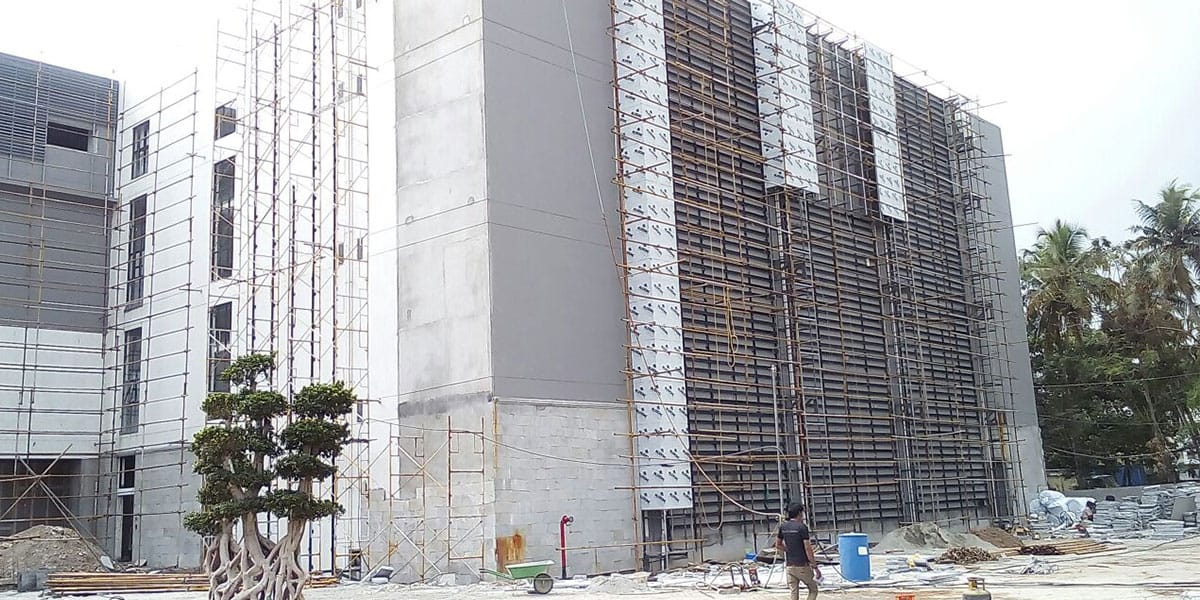 Installing aluminum composite panels takes careful planning and the right tools. You want your project to look good and last a long time. Follow these steps to make sure your installation goes smoothly.
Installing aluminum composite panels takes careful planning and the right tools. You want your project to look good and last a long time. Follow these steps to make sure your installation goes smoothly.
Planning
Good planning helps you avoid problems later. Start by checking the surface where you will put the panels. Make sure it is clean, dry, and strong. Look at each panel for dents or scratches before you begin. Check that the color matches if you are putting panels next to each other.
Here are the main planning steps:
Plan the layout and position of each panel. Use the building drawings to help you.
Cut and shape the panels with the right tools.
Attach the panels to the frame using approved adhesives, screws, or clips.
Seal all joints, corners, and edges to keep out water.
Watch the alignment as you work. Keep the panels straight and even.
Finish with trim or other features for a neat look.
Tip: Always keep the work area clean and check your progress often. This helps you spot mistakes early.
Tools and Materials
You need the right tools and materials for a safe and easy installation. Here is a list to help you get ready:
Aluminum composite panels
Circular saw or nibbler with carbide-tipped blades
Drill, screws, rivets, or adhesive (depending on your method)
Aluminum or galvanized steel frame
Silicone sealant for weatherproofing
Safety gear: gloves, goggles, and ear protection
Clamps and rivet gun
Note: Always wear safety gear when cutting or drilling panels.
Steps
Follow these steps for a successful installation:
Prepare the Surface: Check that the wall or frame is clean, dry, and flat.
Install the Frame: Put up the aluminum or steel frame. Make sure it is straight and level.
Cut the Panels: Measure and mark the panels. Cut them with a saw made for composite panels.
Attach the Panels: Place the panels on the frame. Use screws, rivets, or adhesive to hold them in place.
Seal the Joints: Use silicone sealant to close gaps and keep out water.
Check Alignment: Make sure all panels line up and look even.
Finish Up: Add trim or other features. Clean the panels to remove dust and marks.
Callout: Keep a regular schedule to clean and check your panels after installation. This helps them last longer.
Mistakes to Avoid
Many people make the same mistakes during installation. You can avoid these problems by following best practices:
Forgetting Expansion Gaps: Leave space between panels. Aluminum changes size with heat and cold. No gap can cause panels to bend or warp.
Weak Frame: Make sure the frame is strong and level. A weak frame can make panels look crooked and let in water.
Overtightening Fasteners: Do not make screws or rivets too tight. This can crack the panels or make dents.
Using the Wrong Tools: Always use the right blade for cutting. The wrong tool can damage the panel edges.
Leaving Film On Too Long: Remove the protective film soon after installation. If you wait too long, it can stick and leave marks.
Alert: Take your time and follow each step. Rushing can lead to costly mistakes.
When you use the right installation techniques, your aluminum composite panel system will look great and last for years.
Maintaining Aluminum Composite Panels
 Cleaning
Cleaning
You can keep your anodized aluminum composite panels looking nice by cleaning them often. Use a soft cloth or sponge to wipe the panels. Mix a little mild soap with warm water. This mix takes off dirt but does not hurt the finish. Do not use strong chemicals like caustic soda or acids. These can harm the protective layer. After you wash, rinse the panels with clean water to get rid of soap. Dry the panels with a soft towel so you do not get water spots.
Tip: Clean your panels every few months. Clean more often if your building is close to busy roads or factories.
Best Cleaning Practices:
Use soft cloths or sponges so you do not scratch the panels.
Mix mild soap with warm water in a 1:5 ratio.
Rinse well with clean water after washing.
Never use strong chemicals or rough brushes.
Damage Prevention
You can stop damage by doing a few easy things. Pick the right alloy and finish for where your building is. This helps stop corrosion. Keep panels in a dry place with good air before you put them up. When moving panels, lay them flat and lift from all sides. This stops bending or scratching. Put up panels with care and use the right ways to keep water out. In busy places, use barriers or awnings to block sun and flying things.
Damage Prevention Checklist:
Check panels often for wear or seal problems.
Clean dirty spots with only neutral detergent.
Do not put panels in places with lots of smoke, dust, or chemicals.
Use barriers in areas where many people walk.
Longevity
You can help your panels last many years with good care. Clean them often and fix problems fast to keep them strong and nice. Look for loose fasteners or broken seals when you check them. Change any panel that has deep scratches, dents, or rust. If you take care of them, panels can last 20 years or more.
Note: If you see big damage or fading, ask your supplier about getting new panels. Taking care of your panels keeps your building safe and saves money.
Panel Comparison
Versus Traditional Aluminum
Metal composite panels and traditional aluminum are not the same. Metal composite panels have an anodized surface. You can clean them with water and mild soap. You do not need strong cleaners. Powder-coated panels need more cleaning if your building is near traffic. Metal composite panels last a long time. They do not need much care. You should check them often if the weather is very harsh. Traditional aluminum cladding only needs a quick rinse to stay clean.
Powder-coated panels need more cleaning in dirty places.
Check metal composite panels often in tough weather.
Traditional aluminum cladding just needs a fast rinse for dust.
Versus Other Composites
You might wonder how metal composite panels compare to other materials. Metal composite panels use recycled materials. You can recycle them again later. They help keep your building warm or cool. This saves energy. Some other materials are harder to recycle. Some do not insulate as well. Metal composite panels last longer. You do not have to replace them often. Some panels with mixed materials are hard to recycle. Other materials also have recycling problems.
Aspect | Anodized Aluminum Composite Panels | Other Building Materials |
|---|---|---|
Sustainability | Made from recycled materials, 100% recyclable | Varies, often less recyclable |
Energy Efficiency | Provides insulation, reduces energy costs | Varies, some materials less efficient |
Production Impact | Energy-intensive processes, greenhouse gas emissions | Varies, some materials have lower impact |
Longevity | Durable, reduces need for replacement | Varies, some materials require more frequent replacement |
Recycling Challenges | Difficult due to mixed materials | Varies, some materials easier to recycle |
Cost and Value
You may want to know how much metal composite panels cost. Metal composite panels cost more than some other materials. But they give you better value over time. You spend less on repairs because they last longer. They also need less care. Some cladding systems give you a lifetime warranty. Others only give you five years. You save money on care, especially if your building is busy. The installation system makes it easy to fix panels if they get damaged.
Material Type | Cost per Square Foot |
|---|---|
Traditional Materials | $3 to $14 |
ACM Panels | $15 to $35 |
Aluminum panels help you save money over time. They last and need little care.
Some cladding systems give you a lifetime warranty. This means more value for you.
Easy care lowers costs if your building has a busy front.
Tip: If you pick metal composite panels, you get strong panels, save energy, and do less work.
You can see that anodized aluminium composite panels help new buildings. These panels work well outside and inside. They keep buildings warm or cool and save energy. You can use them in many ways. They are strong but not heavy, so buildings stay safe. You do not have to spend much money to take care of them. You can make cool designs with these panels.
Advantage | Description |
|---|---|
Thermal Performance | Helps save energy and keeps rooms comfy. |
Versatility | Works for many building jobs. |
Structural Integrity | Strong and light, so buildings are safe. |
Cost-Effectiveness | Saves money because you do not fix them a lot. |
Aesthetic Versatility | Lets you make special designs. |
You can use these panels for fun designs and green buildings.
They can be recycled, save energy, and last many years.
For more facts, look at technical documentation or color charts. You can start your next project with anodized aluminium composite panels today!
FAQ
How long do anodized aluminum composite panels last?
These panels can last for 20 years or more. The anodized layer keeps them safe from weather and scratches. It also stops fading. If you clean them often, they stay strong and look new.
Can you recycle aluminum composite panels?
Yes, you can recycle these panels. The aluminum and the core come apart during recycling. This helps make less waste. It also helps with green building.
Are these panels safe for indoor use?
You can use anodized aluminum composite panels inside buildings. They do not let out harmful chemicals. Many schools, hospitals, and offices use them for walls and ceilings.
What colors and finishes can you choose?
You can pick from many colors and finishes. Some panels are shiny. Others are matte or have texture. You can match your building’s look or brand.
How do you fix a damaged panel?
You can change a damaged panel without taking down the whole wall. Take out the fasteners and remove the old panel. Put in a new panel. Make sure the color and finish match.

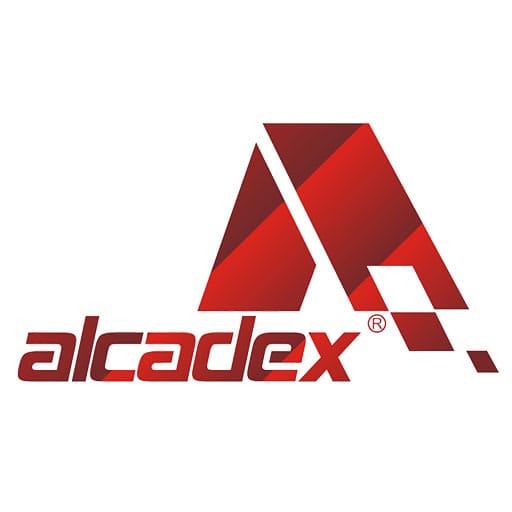

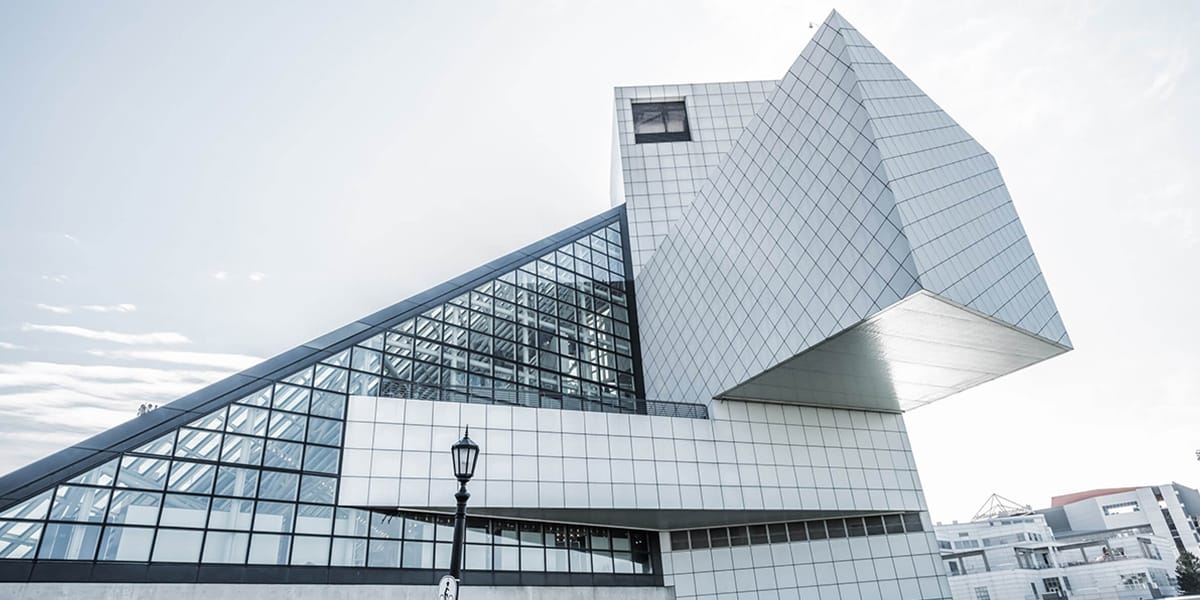 Durability
Durability Facades and Cladding
Facades and Cladding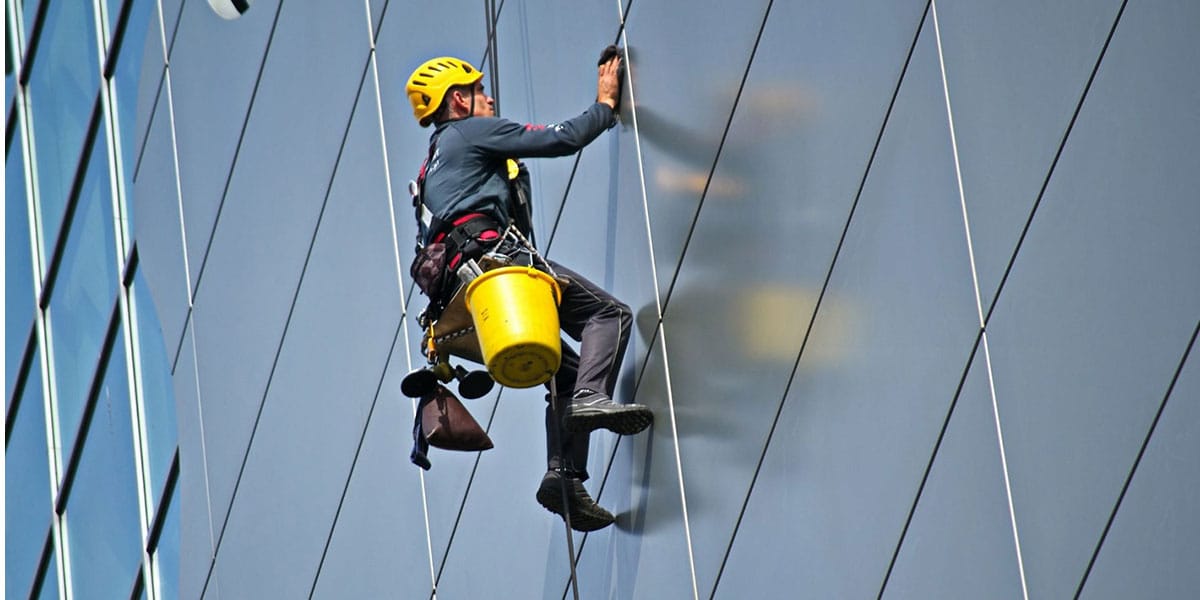 Cleaning
Cleaning